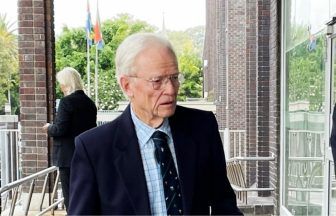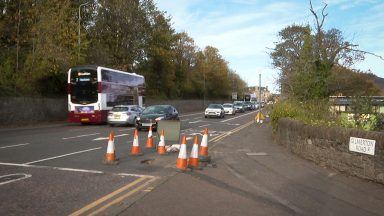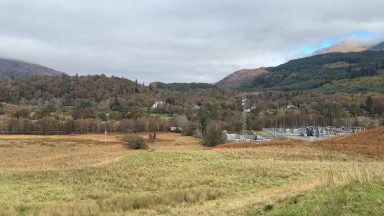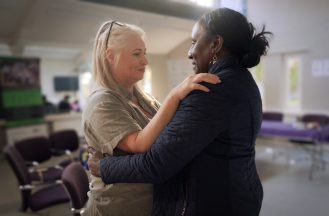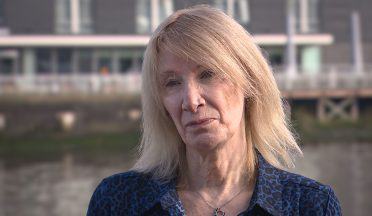Ministers are facing calls for land reform legislation to go “much further” in breaking up large estates when they come up for sale.
Both the Scottish Greens and Labour are pushing for changes to be made to the Land Reform (Scotland) Bill.
With the legislation being debated at Holyrood on Wednesday, Labour insisted the Bill as it stands “will not change land ownership patterns”.
Rhoda Grant, the party’s land reform spokesperson, said: “After 17 years of SNP government, land ownership concentration is getting worse – 0.025% of Scotland’s population still own 67% of Scotland’s rural land.”
The Bill was introduced by the Scottish Government in part to help reduce the concentration of rural land ownership, where small numbers of people own large areas of Scotland’s countryside.
The legislation seeks to increase opportunities for community buyouts of land, and also proposes that when large estates are put on the market ministers could break up this land – in a process known as lotting – into smaller areas, if certain conditions are met.
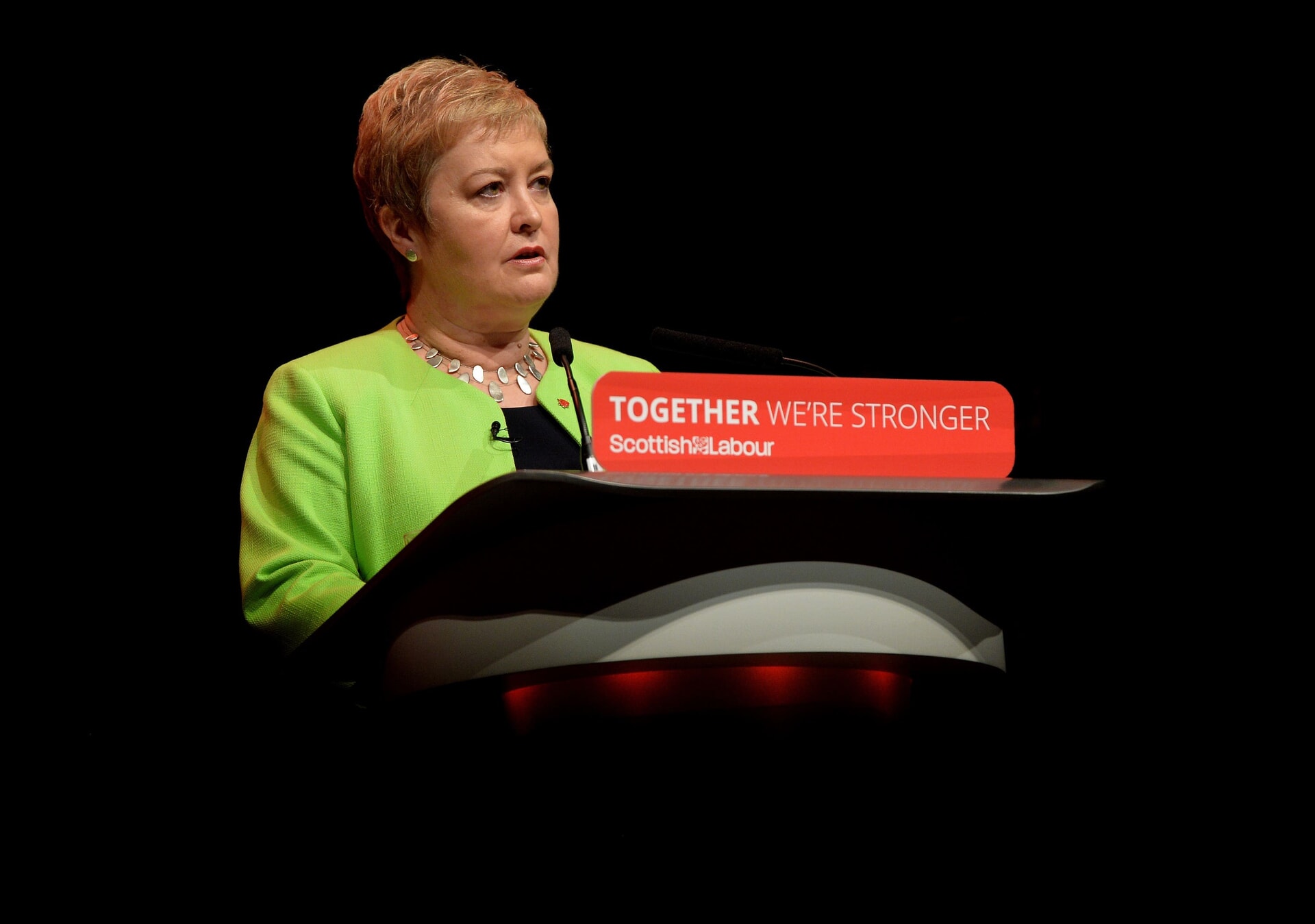 PA Media
PA MediaHowever a Holyrood committee has already said the changes to allow more community buyouts “are unlikely to accomplish much on their own”.
MSPs on the Net Zero, Energy and Transport committee said earlier this month that “significant change ” was needed to the Bill.
And Ms Grant stated: “The Bill as it is currently drafted it will not change land ownership patterns neither will it deal with power vested in those who own land to hold communities to ransom.
“The Bill does not touch on urban land reform and proposals for a public interest test on land transfers have been ditched completely.”
Adding the Bill was a “chance to empower communities”, she said Scottish Labour would now seek to “strengthen the Bill and deliver on its potential”.
Meanwhile, Green MSP Ariane Burgess said the Bill “has the potential to be a huge step forward for rural communities”, adding that it could address “historic wrongs that continue to block the fairer distribution of Scotland’s land today”.
She said: “That’s why it’s vital that this Bill goes much further in delivering robust powers that will allow us to break up big estates that come up for sale and to manage them for the wider public benefit.”
And while she said community right to buy laws had been passed more than 20 years ago, the Green said under the current system “one of the biggest barriers to community ownership is the complex process for communities to register their interest to buy land when it becomes available”.
Ms Burgess added: “Our country should belong to all of us. We need to ensure that landowners are using their land in ways that benefit our communities, our nature and our environment.
“At its heart, land reform is about challenging power and empowering our communities. From our cities to our countryside and from our hills to our iconic rivers and our beautiful coastlines, huge swathes of Scotland are owned by a very small number of extremely wealthy people.”
Rural Affairs Secretary Mairi Gougeon said that reform was a “journey towards greater fairness and opportunity” that involved “empowering communities, tenants and individuals across Scotland”.
She stated: “This Land Reform Bill will support communities by giving them greater involvement in decisions about the land on which they live and work. It will empower them with more opportunities to own land.
“For the first time, it will also allow ministers to consider how the sale of large landholdings impacts communities, and take steps to intervene when necessary.
“And it brings forward essential reforms to deliver equality of opportunity to Scotland’s small landholders and tenant farmers – recognising their contribution to Scottish agriculture.”
She said she had set out changes to “further strengthen and simplify the proposals in the Bill” in response to the committee’s report, along with penalties for landowners to breach their obligations, saying these would be a “real deterrent”.
Follow STV News on WhatsApp
Scan the QR code on your mobile device for all the latest news from around the country


 PA Media
PA Media





